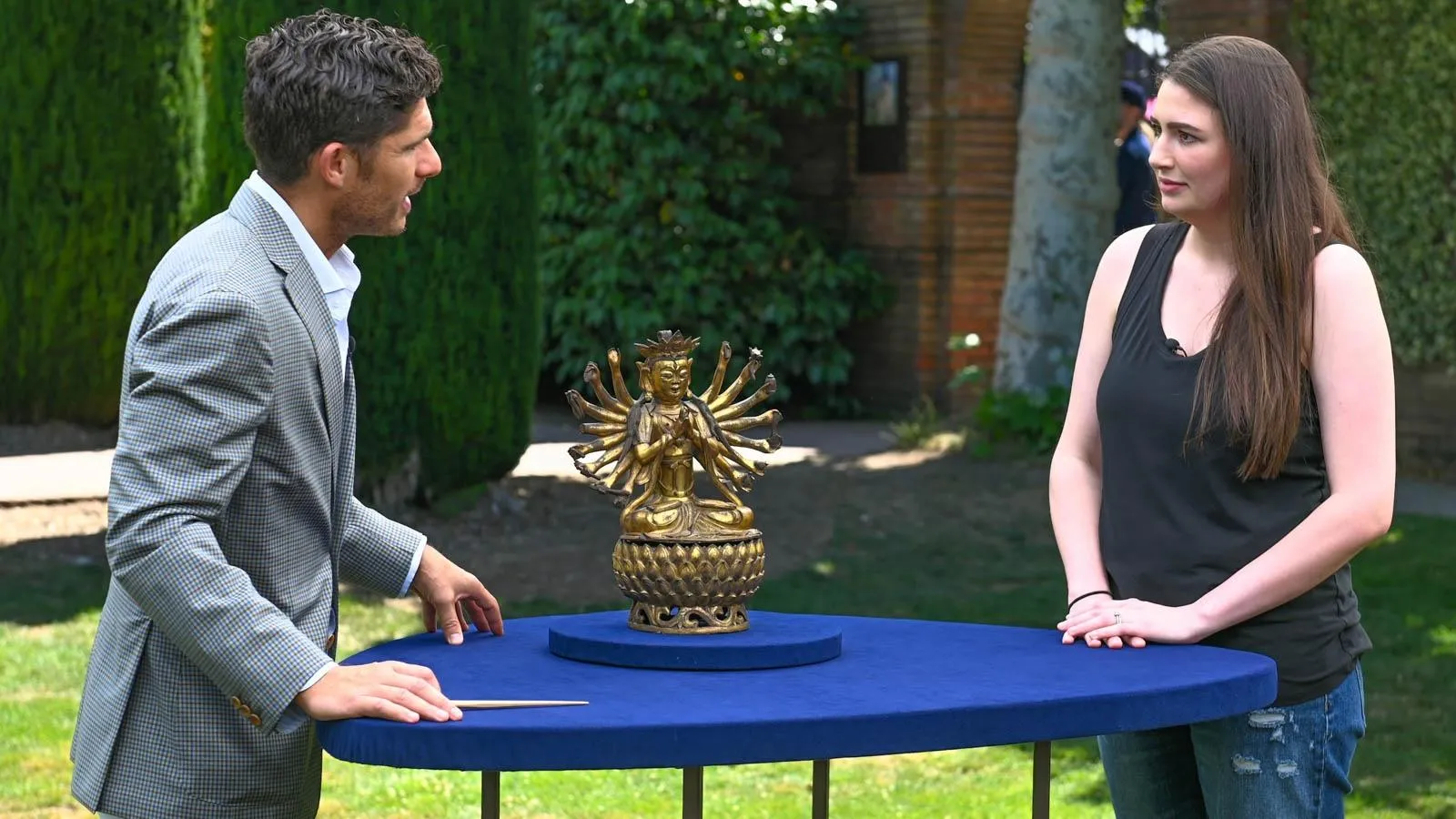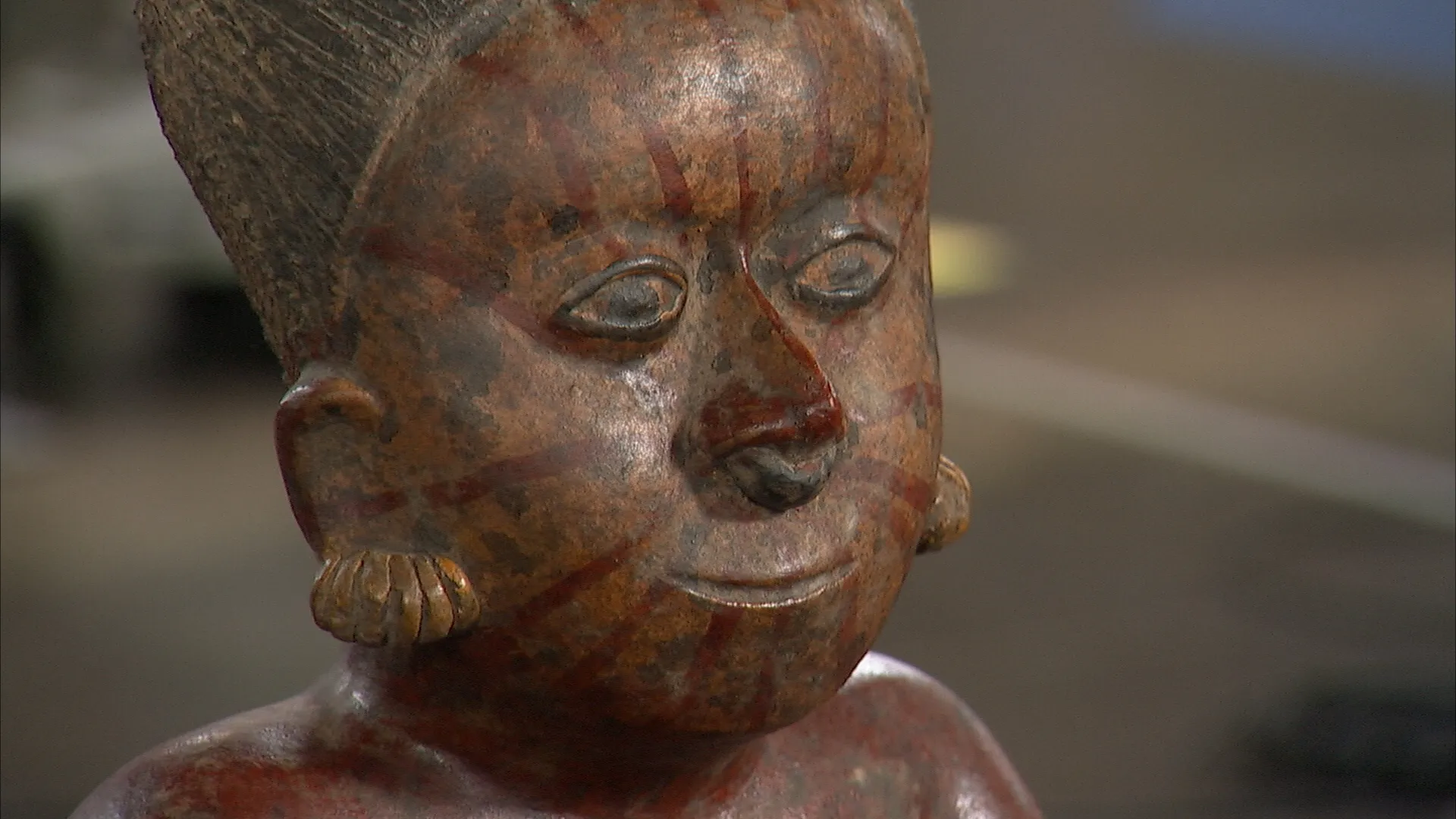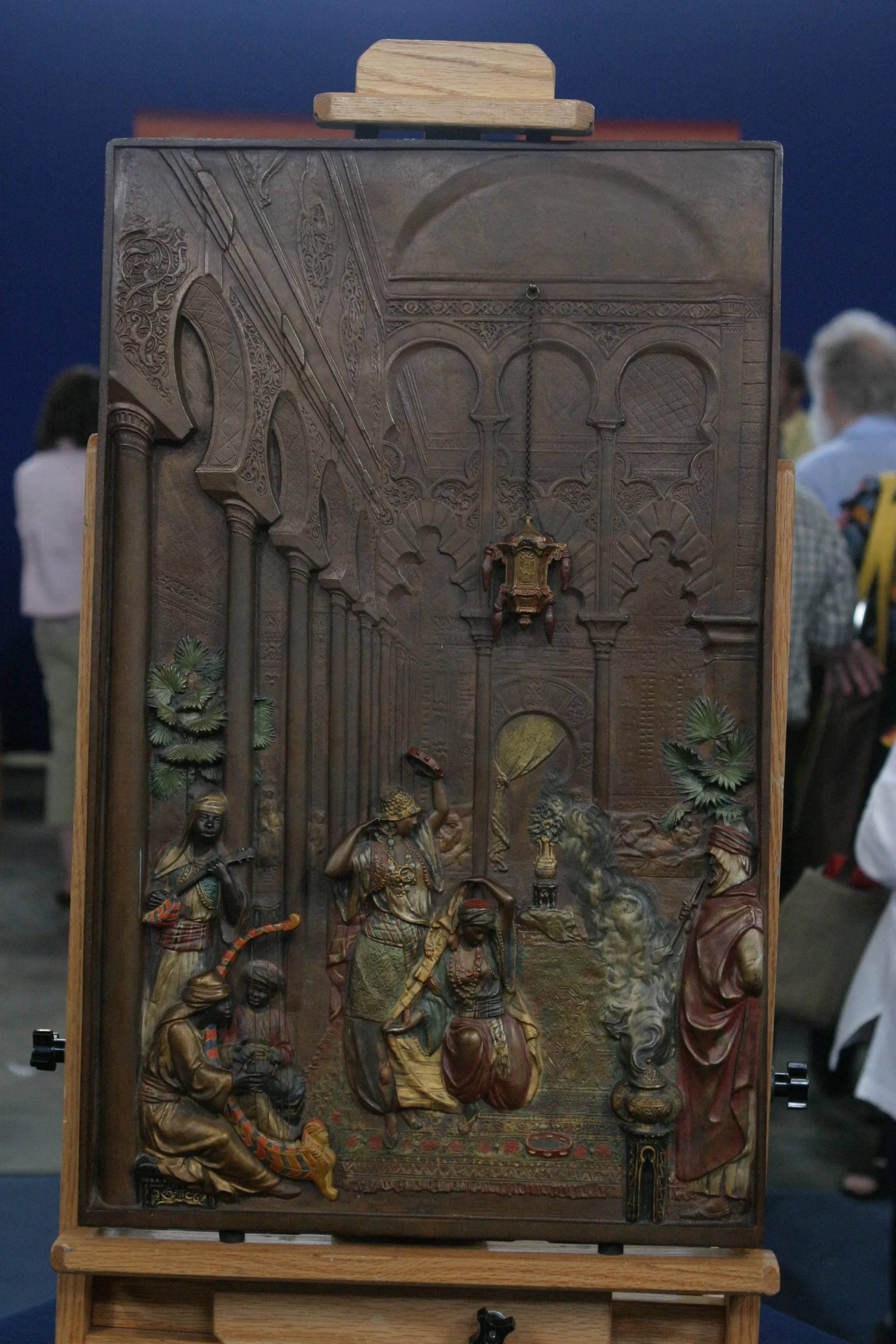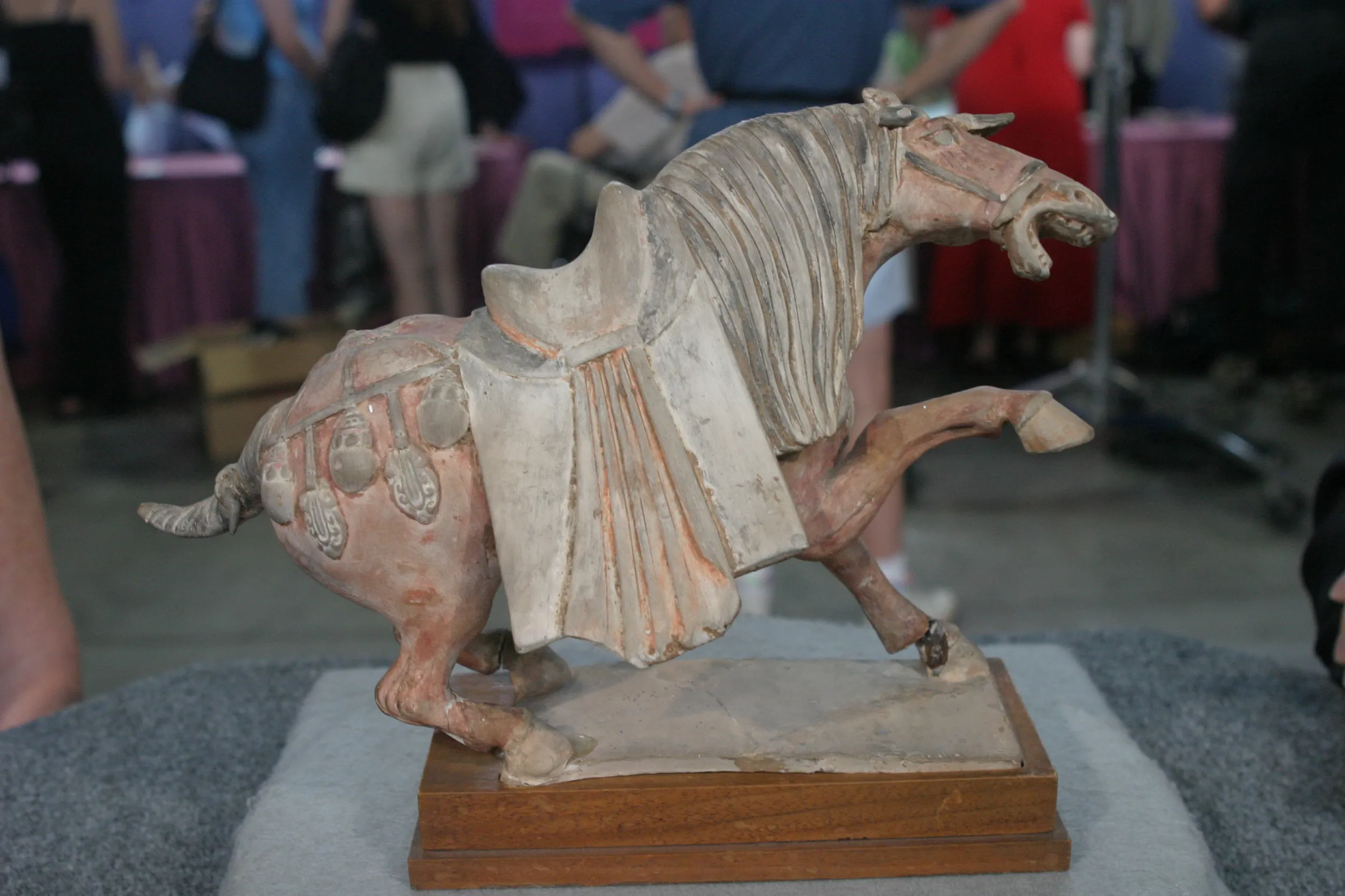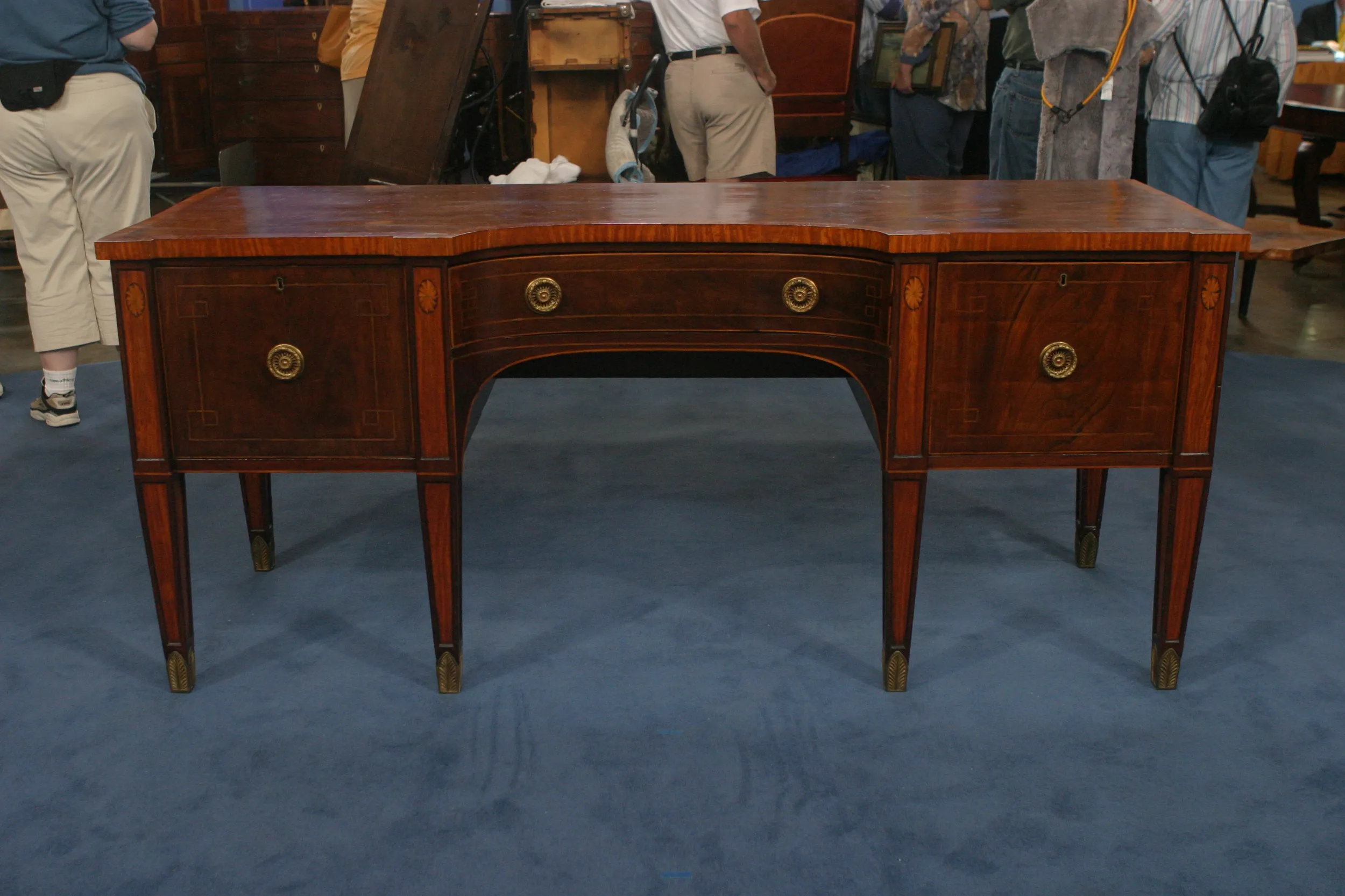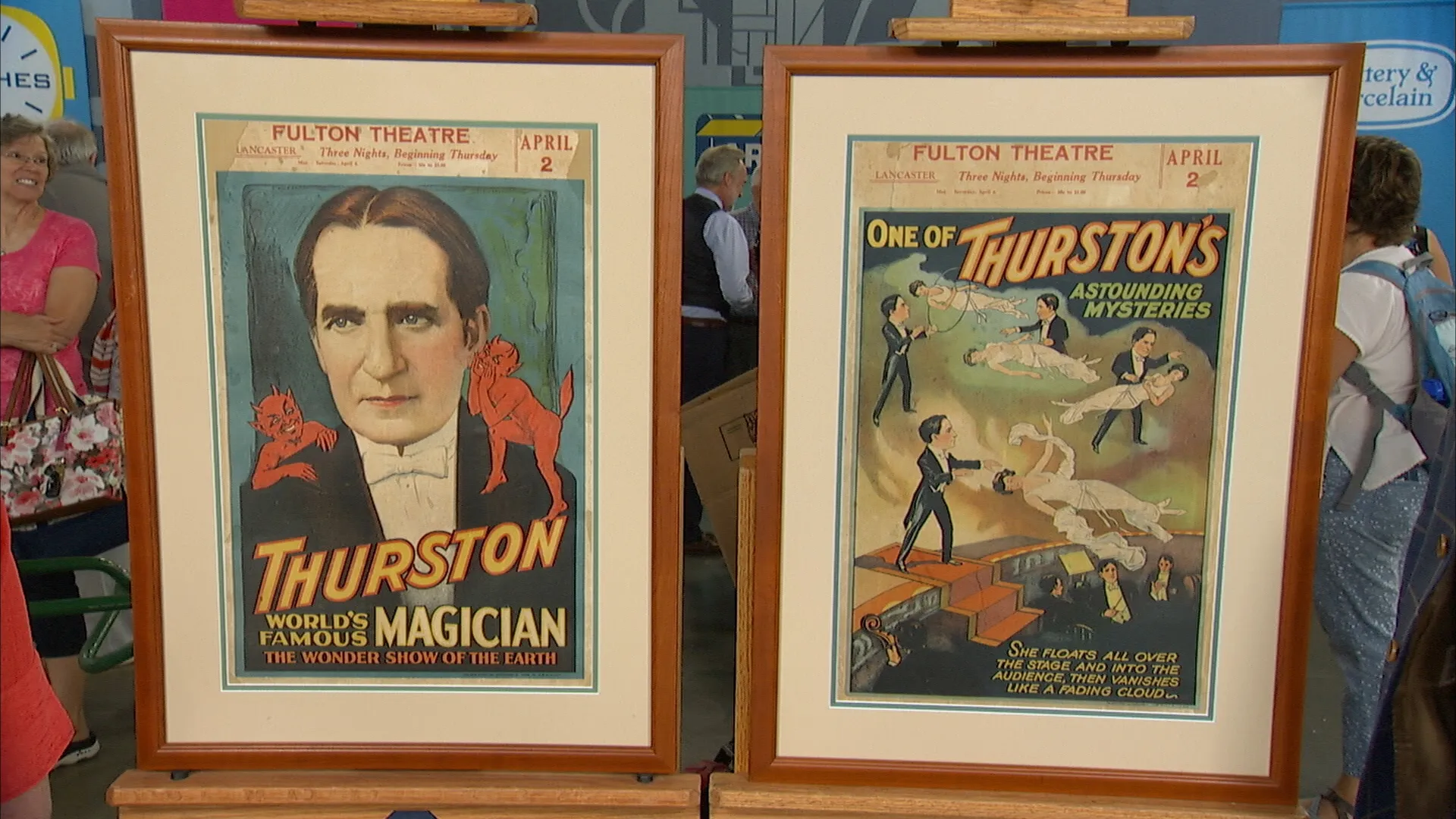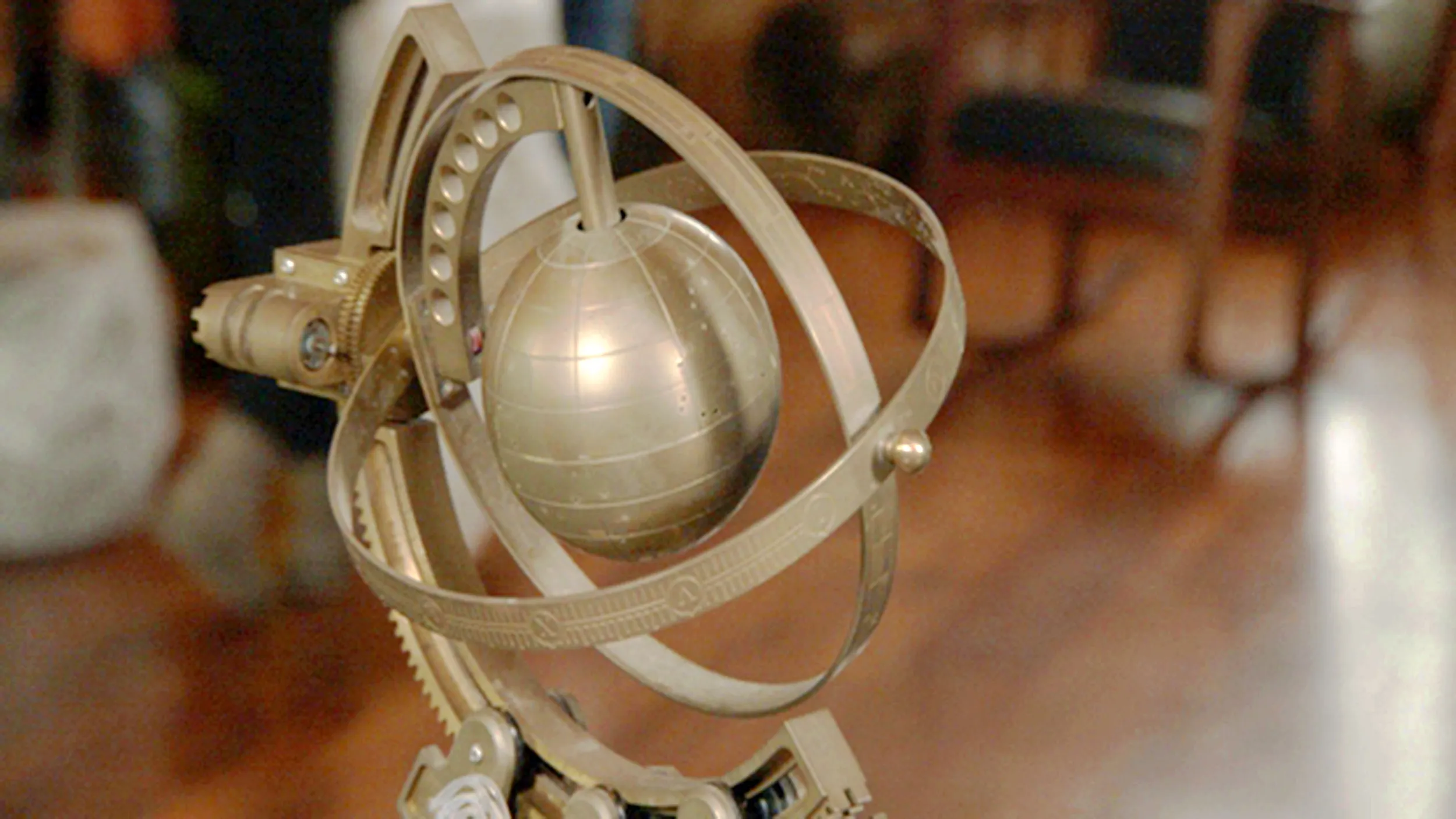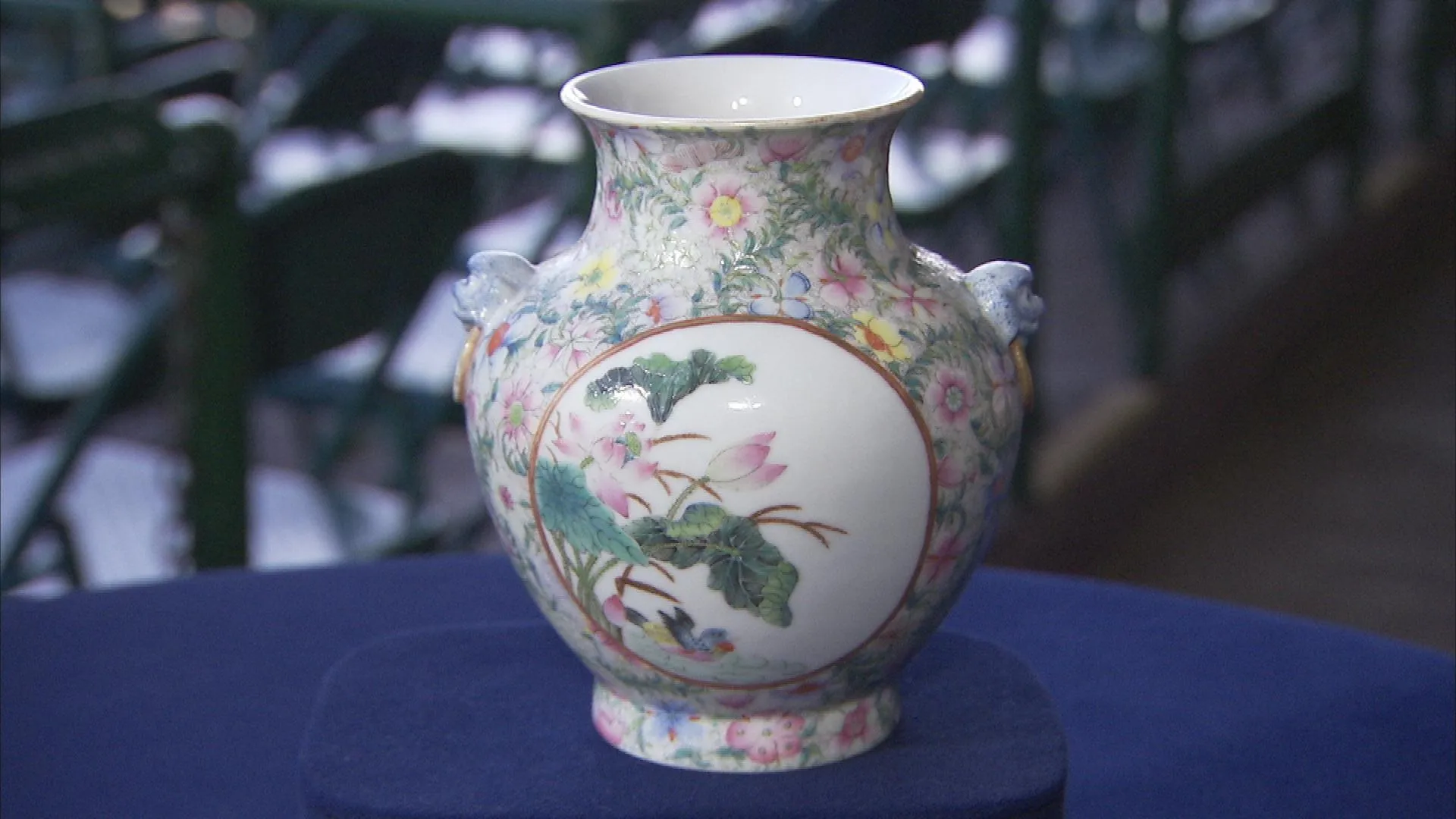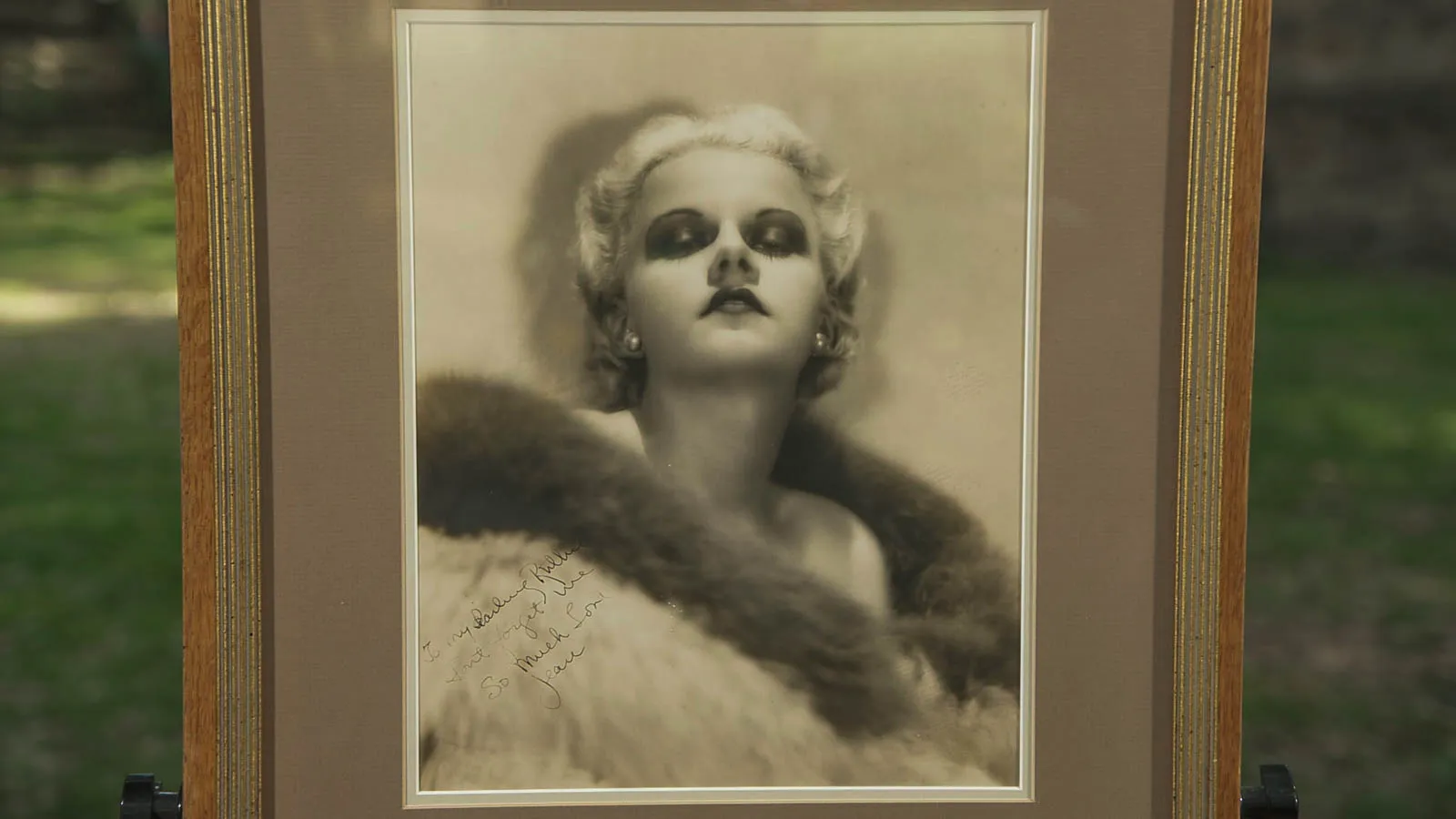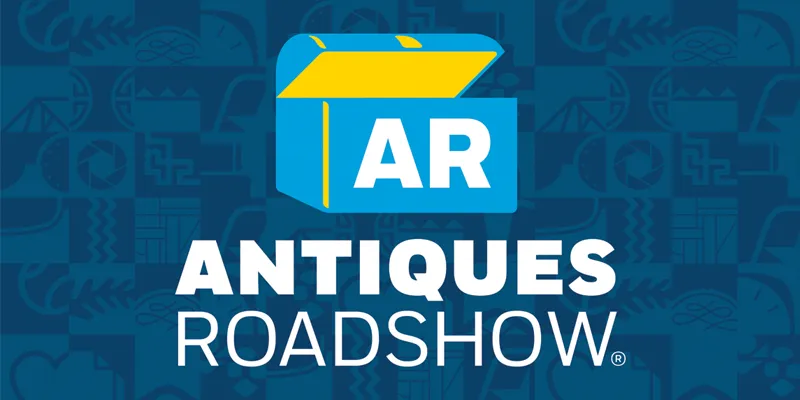GUEST: It's a family piece, and we think it came from my grandfather's family. He was born in Portland, Oregon, and his family owned a lumber mill. Supposedly, they had good relations with the Klickitat Native American tribe in that area. I don't know how much of that is true, but that's what we heard.
APPRAISER: Did you ever play with it as a child?
GUEST: We were allowed to look at it.
APPRAISER: (chuckles)
GUEST: But we weren't allowed to play with it.
APPRAISER: I think it is Klickitat Indian.
GUEST: Great!
APPRAISER: There's another possibility. Yakama.
GUEST: Okay.
APPRAISER: So these are tribes that are up on the Upper Columbia River. What's your sense of when this came into the family?
GUEST: I, I'm not sure. My granddad was born in 1913. It could be anywhere around then.
APPRAISER: If I had to guess, I would have said first quarter 20th century, circa 1900-1925. If it was new when it came into the family, then 1913, thereabouts, would make perfect sense. The beads reflect the first part of the 20th century. Earlier beads were made in Venice, Italy. I think these beads, the yellow, the red, were made in Czechoslovakia. This was made as a model of a child and a cradle. There was never a, a living child in this. The doll was made to fit the cradle, and they all would have been made at the same time. But it's an exact replica of what would have been utilized for a young child in the tribe. I don't think that this doll was made for trade. I think it was made for a Native child. And moms, grandmothers were making dolls and presenting them to their daughters for a variety of reasons: a toy, but also as a teaching aid. This is a young child learning to become a mom. This is all about protecting the child. This hood would be up, like so. This would be covering it. It would protect the child from sunlight, rain, the elements. But also, should the baby fall forward, this would catch it and protect the child. You have red stroud cloth, you have cotton cloth, printed calico, green felt. The hair is probably horsehair. Native-tanned deer hide.
GUEST: Mm-hmm.
APPRAISER: The face is hide. The facial features are very, very simple. The earrings are abalone, which would have come down from the coast, traded up the river. The form in the back is this piece of long-grained hardwood. This shape is very, very distinctive of Oregon, Washington. It's the only area that has this very, very distinctive upper panel. And the condition is good-- it's a little tired, it has a little bit of fraying, but basically, the condition is quite good. It is a treasure. A doll from, uh, the Yakama, the Klickitat, the Upper Columbia River, not particularly common. So you have something that's also rather scarce. On a, uh, retail basis, this cradleboard and doll would be valued at about $4,500.
GUEST: (softly) Oh, my goodness.
APPRAISER: If you want to keep it in the family and you were thinking of insuring it, you might appraise this for $5,000, $5,500. I think that would be very appropriate.
GUEST: Great.


